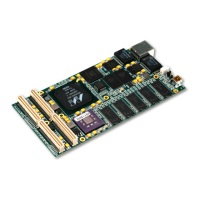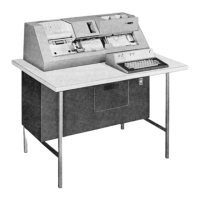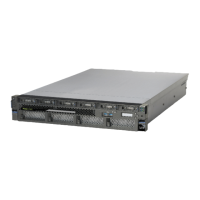Appendix C. POWER7 optimization and tuning with third-party applications 203
AIX V6 best practices for SAS Enterprise Business Intelligence (SAS eBI) users on IBM
POWER6:
http://www.sas.com/partners/directory/ibm/AIXBestPractice.pdf
IBM General Parallel File System (GPFS) wiki for SAS:
http://www.ibm.com/developerworks/wikis/display/hpccentral/SAS
Understanding Processor Utilization on Power Systems - AIX:
http://www.ibm.com/developerworks/wikis/display/WikiPtype/Understanding+Process
or+Utilization+on+POWER+Systems+-+AIX
Migrating SAP BusinessObjects Business Intelligence platform
with POWER7
The SAP BusinessObjects Business Intelligence (SBOP BI) platform enables enterprises to
realize key insights about their corporate data. By delivering interactive business intelligence
(BI) reports to users using any web application (that is, Internet or intranet), SAP
BusinessObjects provides the information necessary to make more informed business
decisions. As an integrated suite for reporting, analysis, and information delivery, SAP
BusinessObjects BI provides a solution for increasing user productivity and reducing
administrative efforts. You can analyze data from any of the SAP systems and from many
supported database systems (including text or multi-dimensional online analytical processing
(OLAP) systems). You can publish in many different formats to many different
publishing systems.
Platform support
Although the front-end reporting tools are mostly web browser or Windows application based,
the server components of the SAP BusinessObjects BI platform can run on POWER servers
using the AIX operating system.
The currently supported AIX versions for SBOP BI are:
AIX 5L V5.3 TL3 SP3
AIX V6.1 TL5
AIX V7.1 TL1 SP1
The supported operating systems for SBOP BI components are listed in Platform Availability
Matrix (PAM) at the SAP Service Marketplace, which is available at
http://service.sap.com/pam (registration required; search for SBOP BI platform).
SBOP BI itself requires a database for its Central Management Service (CMS). For larger
SBOP BI installations, run this database on a dedicated server. The supported databases for
CMS are listed in an embedded Excel spreadsheet in the PAM document, and include the
most common databases, such as IBM DB2.
SBOP BI can use various data sources for analysis and reporting. Besides SAP systems in
general, and SAP Business Warehouse systems specifically, SBOP BI can also directly
access database systems. The types of database systems that are supported as data
sources are also listed in the embedded Excel spreadsheet of the PAM document.

